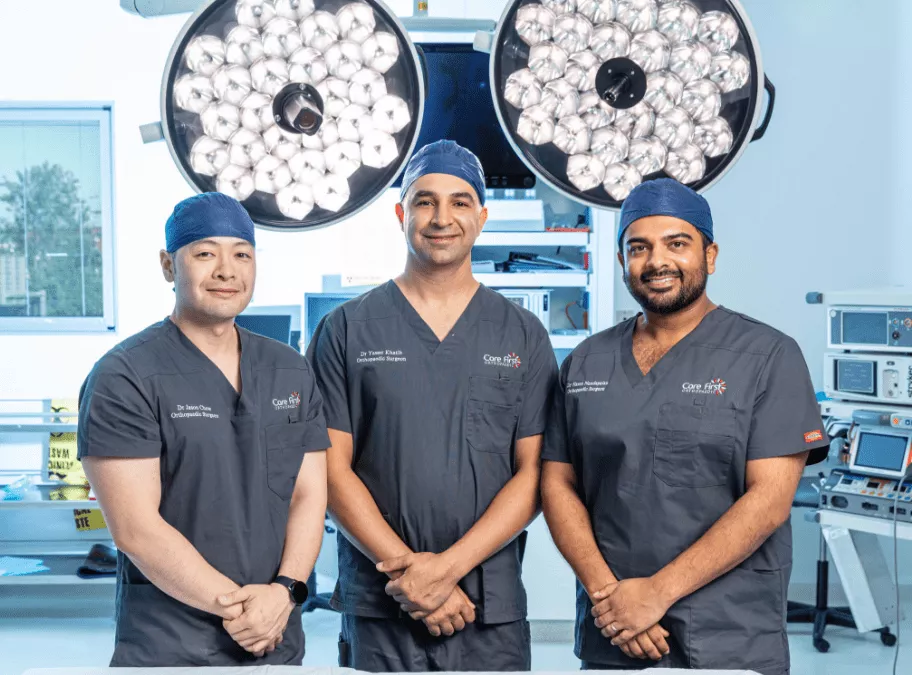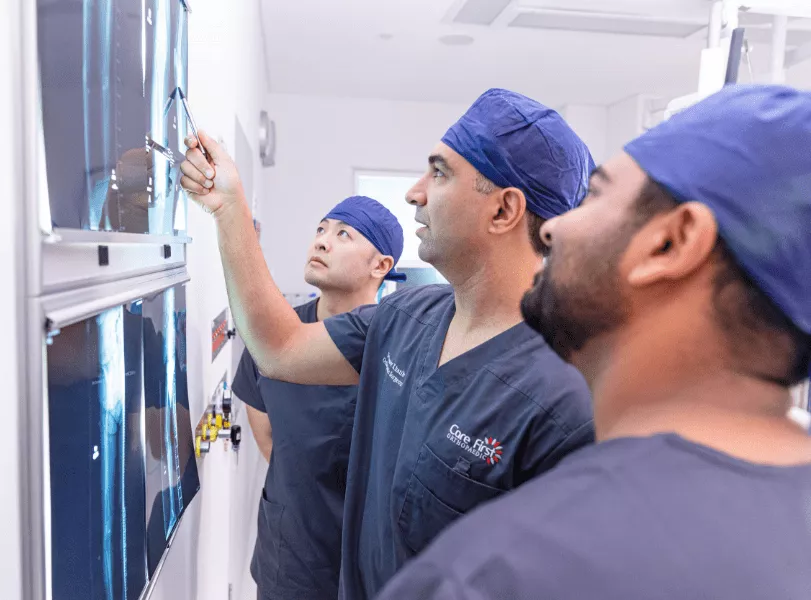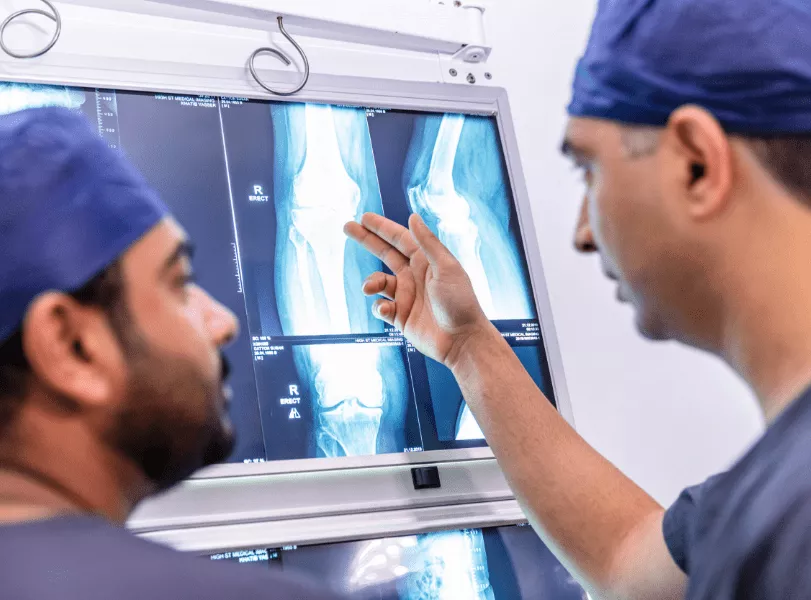Trauma
What is Orthopaedic Trauma?
Orthopaedic Trauma usually involves fractures (broken bones), dislocation and/or injuries to muscles, ligament and tendons.

How does Orthopaedic Trauma occur?
Orthopaedic Trauma can be high energy which results from motor vehicle accidents, violent activity or contact sports. Conversely, Orthopaedic Trauma can be a result of low energy forces like children’s playground accidents and trips and falls in the elderly.
How is Orthopaedic Trauma Treated?
Orthopaedic Trauma can be treated operatively or non-operatively however this is very dependent on which bone or ligament is injured, the severity of the injury and the patient’s pre-injury level of function.
Regardless of the treatment method the overall goal for the injury is to return the patient to an optimal functional state, as soon as possible and prevent complications.
What is the role of the Orthopaedic Surgeon in Trauma?
The role of the orthopaedic surgeon is to treat the fracture (Broken bone) and any associated soft tissue injury associated with the accident. This entails deciding the initial management plan when first consulted and reviewing the patient until they are fully recovery.
Book an Appointment Today!
What expertise does Care first Orthopaedic provide?
Care First Orthopaedic consists of surgeons who offer a comprehensive trauma, sports injury and orthopaedic service that offers state of the art surgery and techniques to treat most orthopaedic condition.
Our surgeons are very experience with the management of orthopaedic trauma. All our surgeons participate in the on-call roster at public hospitals for which they manage all upper and lower limb orthopaedic injuries while also having subspecialty expertise to manage very specialized injuries.
How do you diagnose a fracture?
Fractures are diagnosed with a thorough history from the patient, an examination of the affected area and an x-ray to identify the fracture and any other associated injury. Other tests may be required such as CT and MRI scans.


What do you do when you operate?
If the bone can not be held straight with a plaster or splint and the outcome will result in sub-optimal function and residual pain surgery is often required. Depending on the bone, the type of fracture and the location of the fracture, different surgical treatments can be used. These include fixation with plates and screws, insertion of long rods down the bone or joint replacement surgery.
ORIF (open reduction and internal fixation) requires the fracture site to be opened and the bones placed in a normal position and then plates and screws being applied to the broken bones. Intra-medullary rods are used in long bone fractures such as the humerus, femur and tibia.
Finally joint replacement surgery is used when the blood supply to the joint has been disrupted due to the trauma and the outcome of the replacement is far superior to any other treatment modality.
How long does it take to recover from a fracture?
Generally, bones take around 6 weeks to heal. However, the recovery healing time depends on many variables. The bone(s) involved, the location in the bone, the velocity of the injury, other associated injuries and the patients pre injury functional status.
Call us on 02 4721 4434 to make an appointment.
Work Related Injuries
View treatments for Work Related Injuries that our Doctors recommend.
